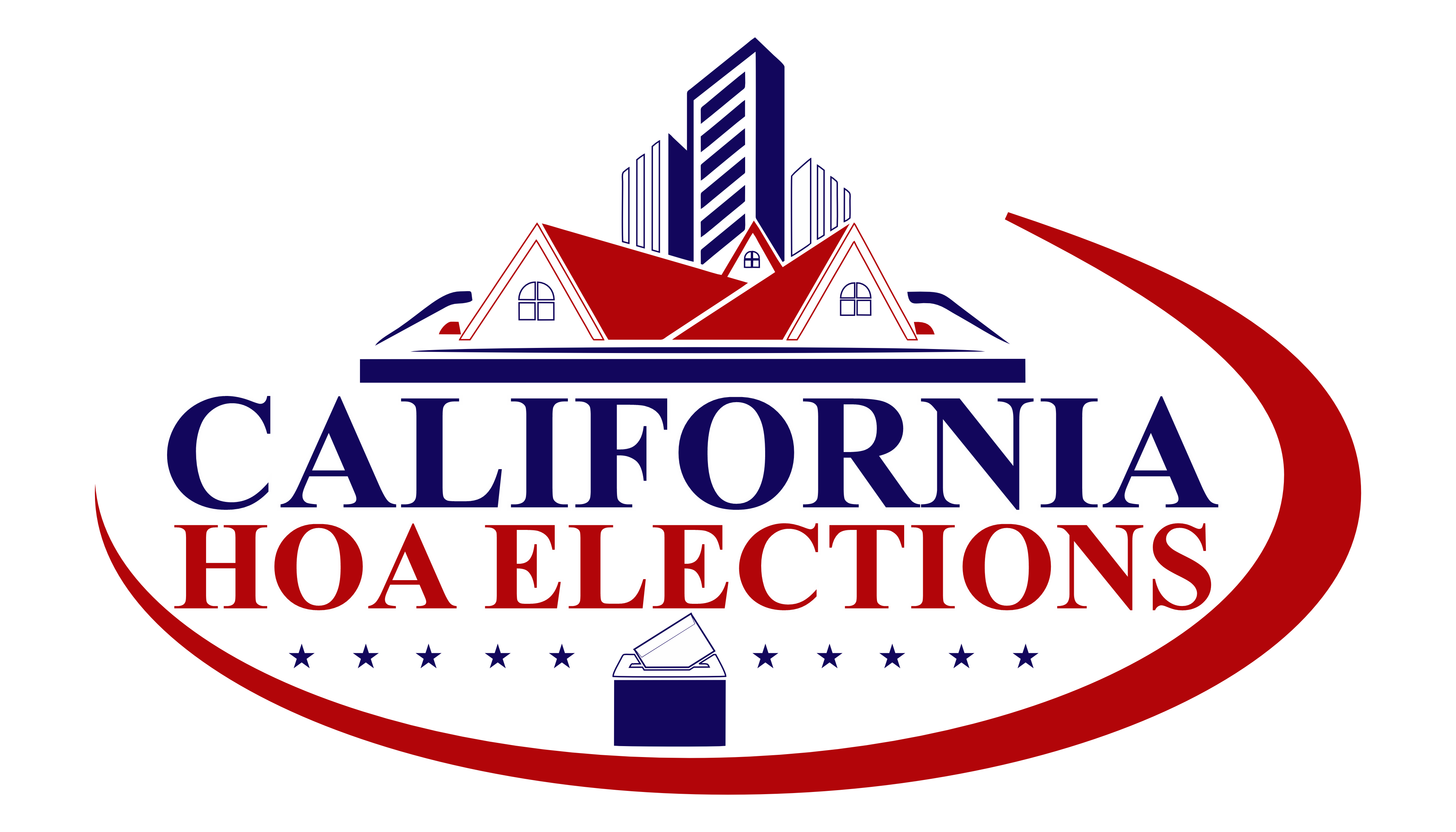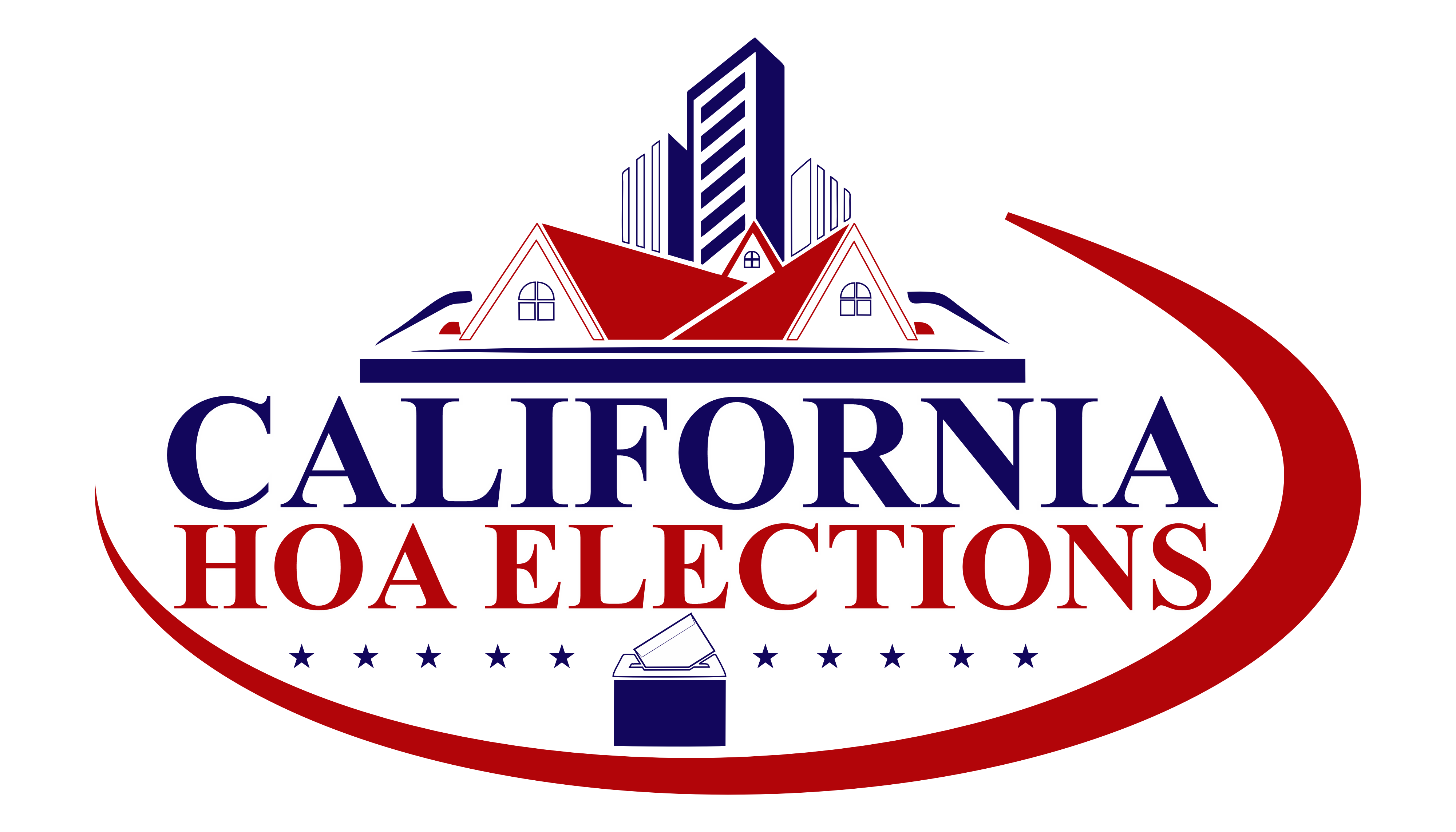
Review of the Association’s Election Rules, Bylaws and CC&Rs
What Are HOA Bylaws?
What do the HOA bylaws entail? In simple terms, the bylaws of a homeowners association outline how the organization should operate. Since HOAs are legally recognized as corporations, even though they are non-profit entities, they must have bylaws to govern their day-to-day activities. These bylaws may also be referred to as neighborhood association bylaws or subdivision bylaws.
Are the HOA bylaws enforceable? Yes, generally speaking, the bylaws of a homeowners association are legally binding and can be enforced. Typical provisions included in these bylaws cover various aspects such as:
- How often the board meets take place.
- How often board elections take place.
- Requirements which are needed for Meeting and quorum.
- Procedures of elections and board nomination.
- The maximum limit on the number of individuals who can serve on the board simultaneously.
- The length of time a board member can hold their position.
- The tasks and obligations assigned to board members.
- The rights of association members to participate in voting.
HOA Bylaws vs State Law: Which One Wins?
While the bylaws of an association provide guidelines for the operation of an HOA, they typically do not override the laws of the country. This includes constitutional, federal, and state laws. For instance, if the HOA bylaws specify that a quorum requires 50 percent of the membership to be present, but state laws dictate a different requirement, the state laws take priority.
Sometimes, state laws may include phrases such as “unless otherwise specified in the association documents” or similar wording. In such situations, the provisions stated in the HOA bylaws hold a higher level of importance.
What Are CC&Rs?
What is the meaning of C&Rs? C&Rs is an abbreviation for CC&Rs, which stands for the Declaration of Covenants, Conditions, and Restrictions. CC&Rs serve as the regulations that govern a community within a homeowners association.
They outline the responsibilities and entitlements of both the HOA and its members. These documents are commonly known as homeowner association covenants or simply covenants.
The CC&Rs of an association are officially recorded and filed with the state. Similar to HOA bylaws, the stipulations mentioned in the HOA CC&R are legally binding and can be enforced. Some typical covenants and restrictions found in HOAs encompass the following:
- Limitations on property usage.
- Limitations specified in the deeds or restrictive covenants (such as architectural guidelines, pet limitations, restrictions on vehicles, etc.).
- Procedures for enforcing rules and consequences for non-compliance.
- Responsibilities for paying dues and assessments.
- The HOA’s obligations regarding maintenance.
- Individual members’ responsibilities for property upkeep.
- Requirements for insurance coverage.
- Processes for resolving disputes.
What is the duration of covenant validity? Surprisingly, in several states, HOA covenants have a limited lifespan of 30 years, after which they may lose their enforceability. However, associations have the ability to reverse this through covenant revitalization. This involves obtaining a majority vote from the members and securing approval from the relevant state or local authorities.
CC&Rs vs HOA Rules and Regulations: What’s the Difference?
An association’s CC&Rs and Rules and Regulations exhibit several resemblances. However, the HOA’s Rules and Regulations primarily consist of operational guidelines that are distinct from the HOA bylaws or CC&Rs. These rules are typically more flexible to modify compared to covenants, often necessitating a review by the membership and a vote by the board.
Rules and Regulations can greatly differ from one association to another, with a rule in one HOA possibly not being considered a covenant in another.

